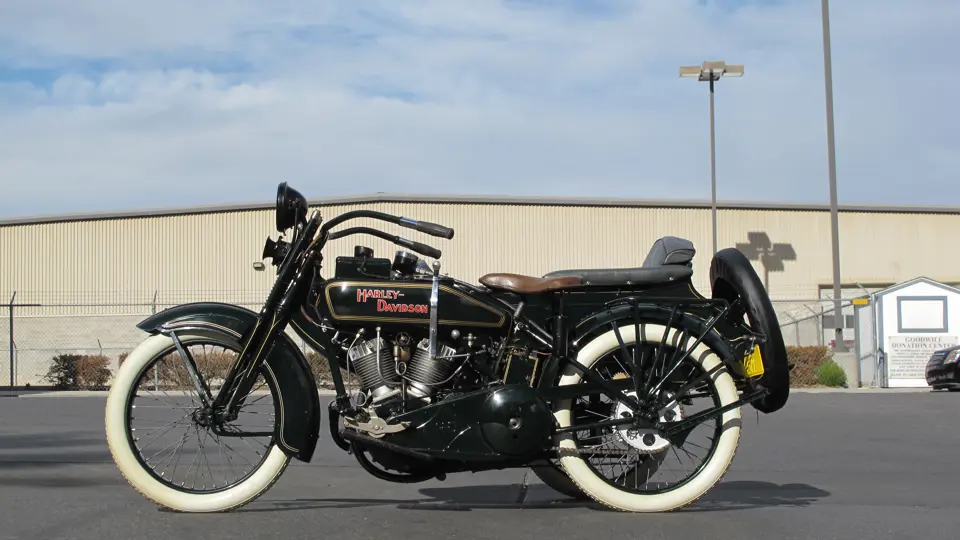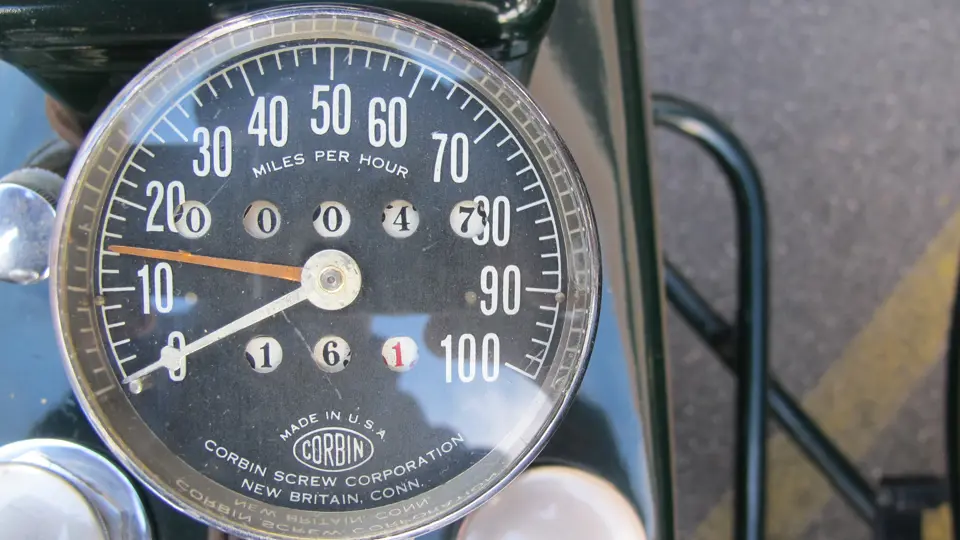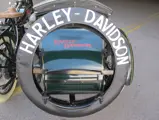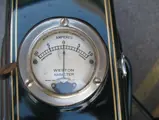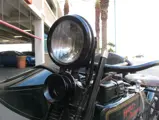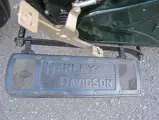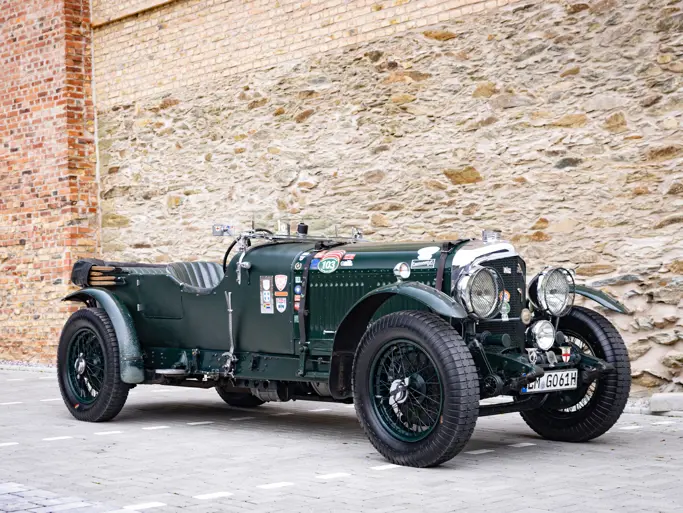60.3 cu. in. Model J V-Twin F-Head Engine, three-speed transmission, rear wheel brake.
Throughout the teens, Harley-Davidson grew to occupy second place in America’s “big three” motorcycle company market, with total sales right between Indian and Excelsior. This was quite an achievement as there were over 100 American motorcycle manufacturers registered in the United States midway through the decade.
All would change with the First World War as few of the small companies were able to survive the lean years. During the War, Indian devoted 100% of its production to the Army, whereas Harley-Davidson continued to build motorcycles for public consumption, a strategy that paid off following the war as Harley-Davidson managed to initiate thousands to the motorcycling hobby. By the mid-’20s, Harley-Davidson’s sales figures nearly doubled Indian’s, and the company has held its position as the number-one American motorcycle company ever since.
In 1916 Harley-Davidson, to alleviate confusion, recalibrated its model designation to match the year it was built, which explains why no Model 12-15 Harley-Davidsons exist. Consequently, Harley-Davidsons built after 1916 are rarely referred to by their numerical nomenclature and are known simply by their sub-model letter names.
The 1923 Harley-Davidson JS presented here is named as such because it has the Model J engine, which was a design the company used from 1920 to 1935, and had been designed to hold a sidecar—hence “JS.” In 1923, all Harley-Davidsons were painted Brewster Green and featured gold striping, as they had been the previous year, making these motorcycles easily identifiable. Well-equipped, this example has a Corbin speedometer, electric lighting, rare factory amp gage mounted on the tool box and a rear-mounted spare on the desirable Royal Tourist sidecar. It should be noted that this motorcycle has been on static display for a number of years. It is offered on bill of sale only.
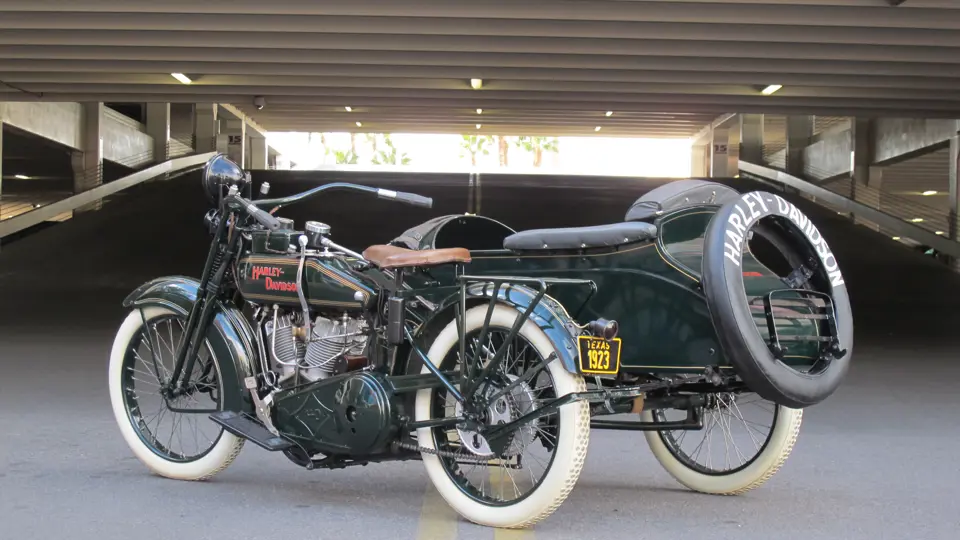
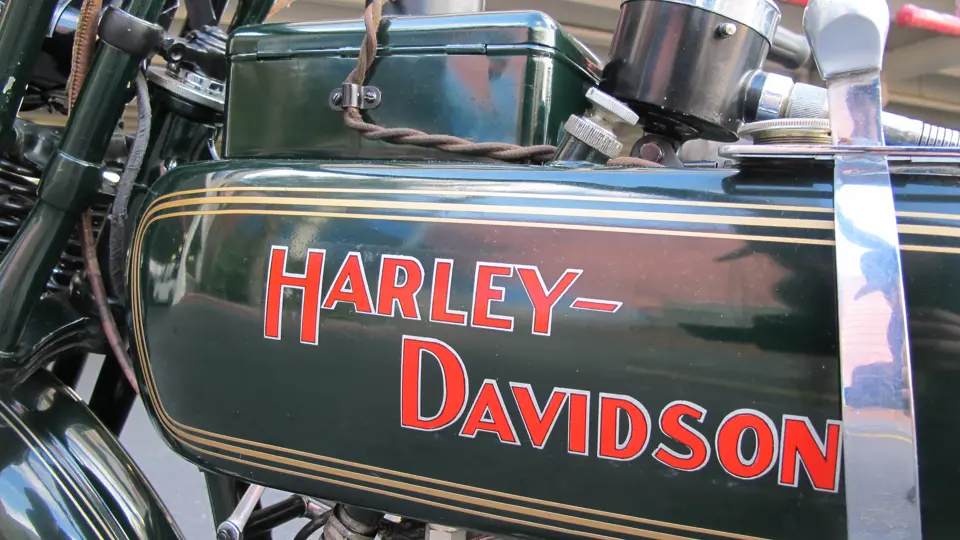
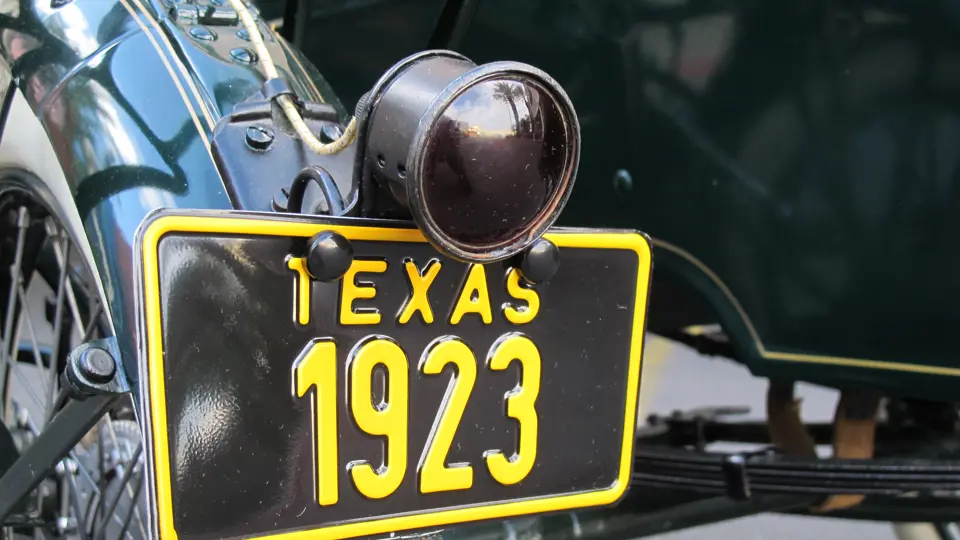

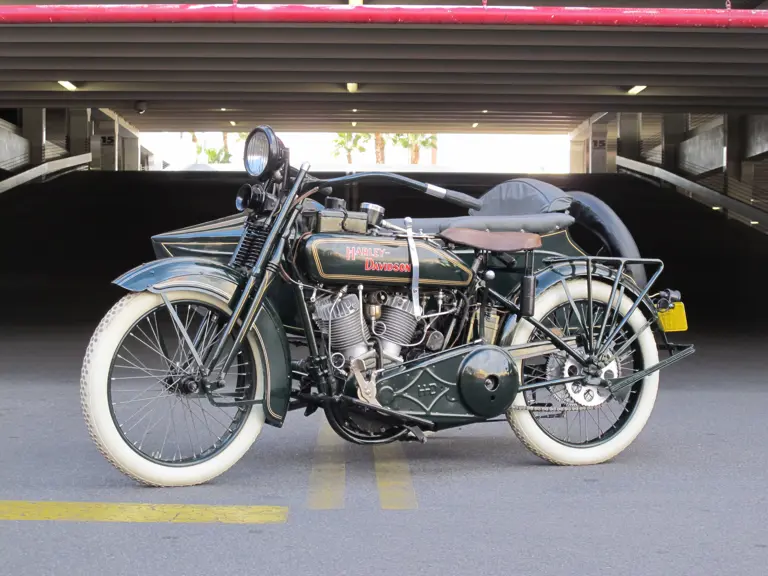
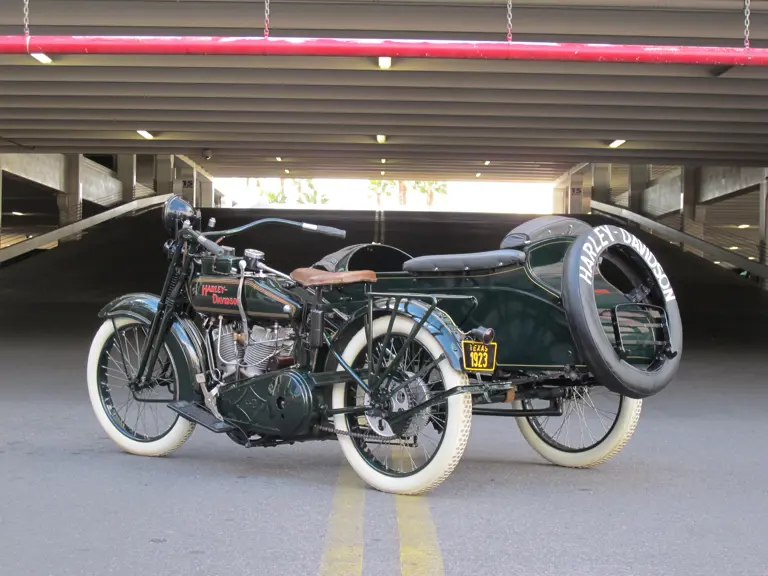
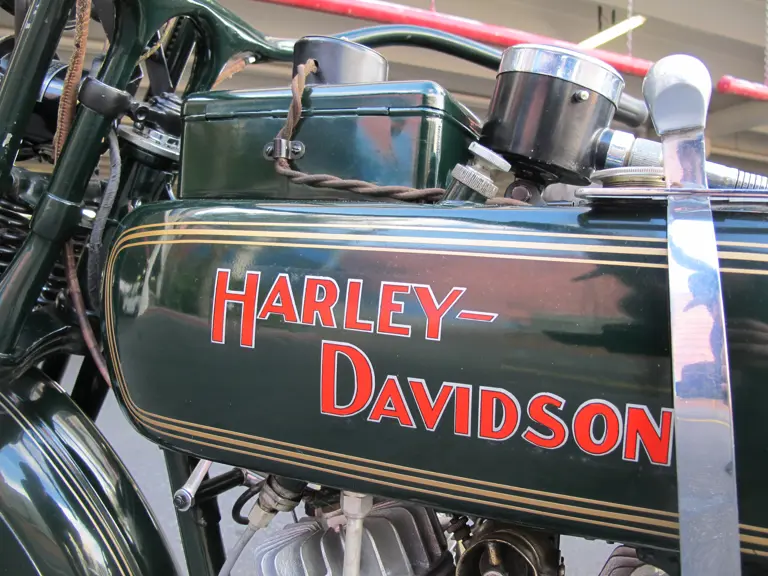
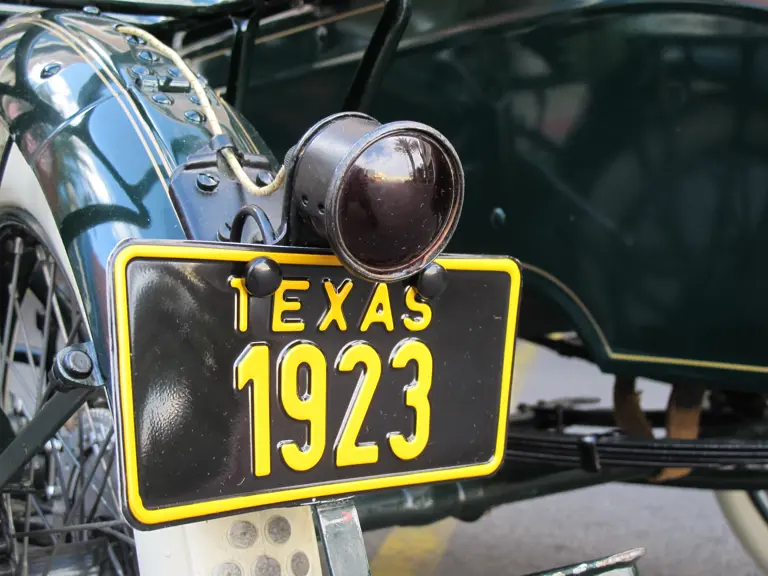
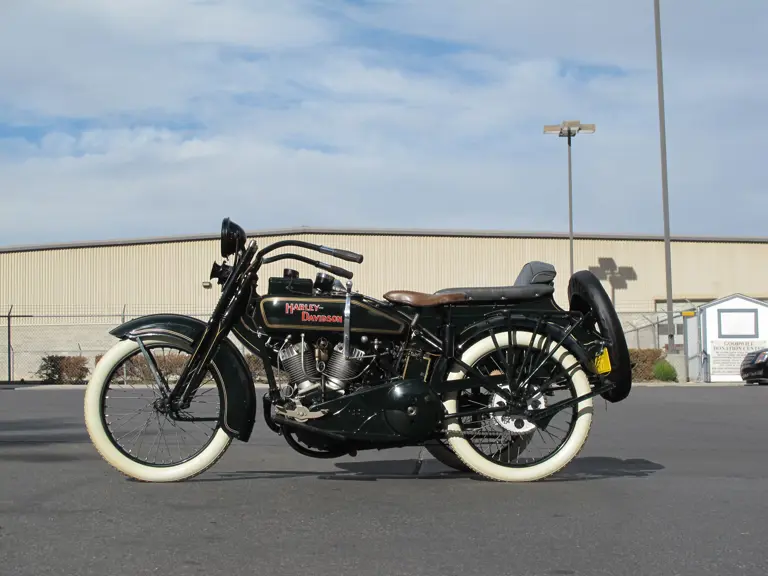
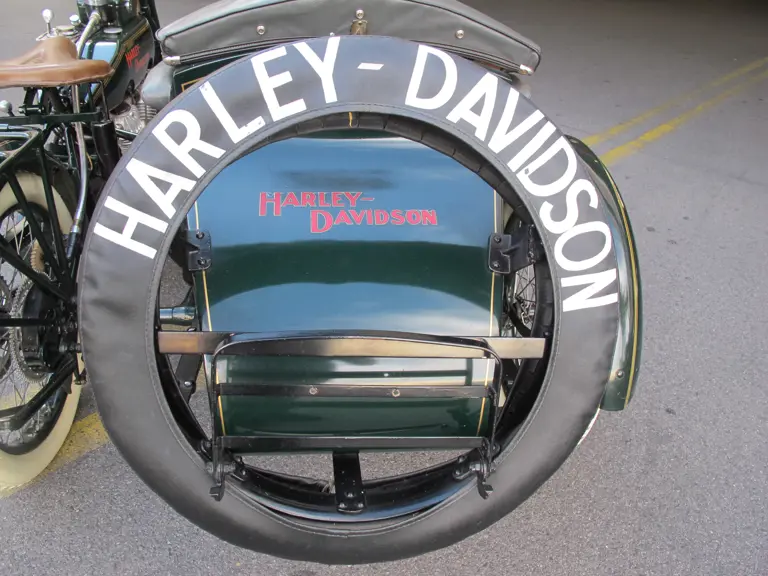
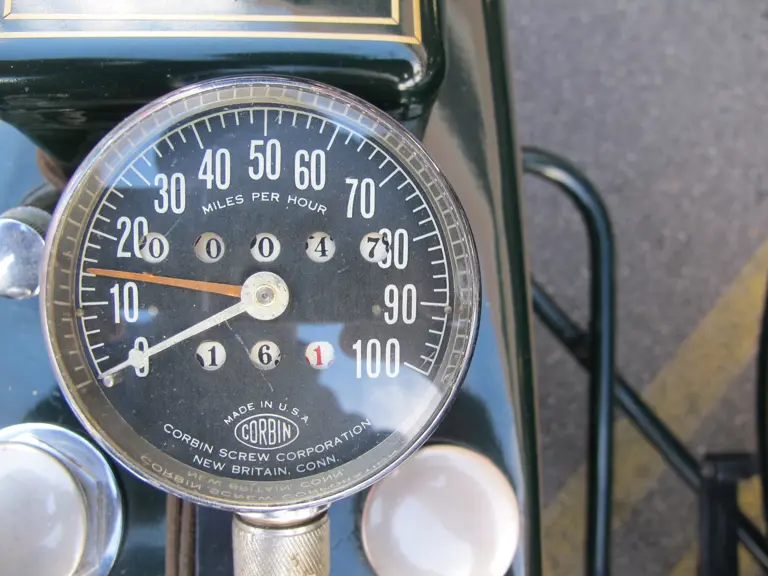
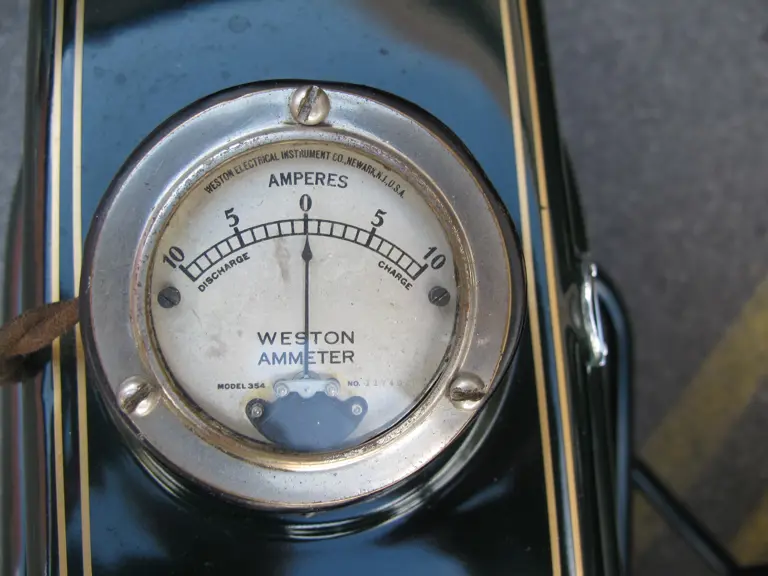
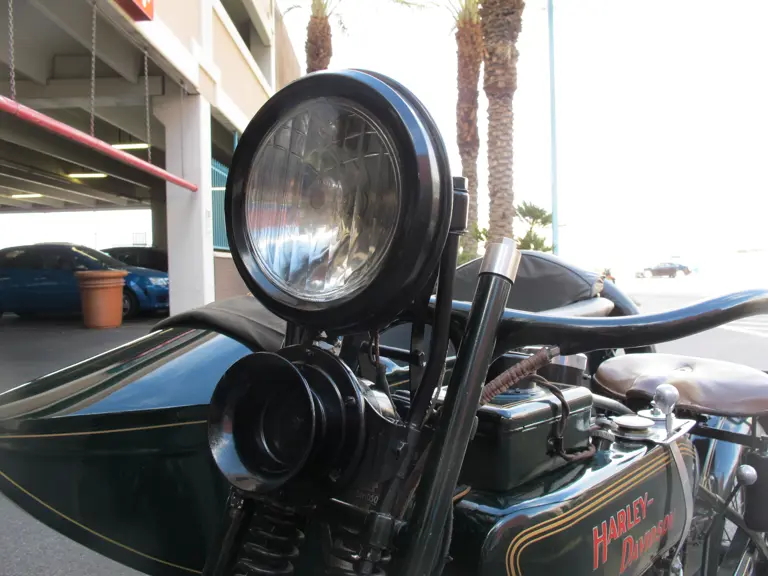
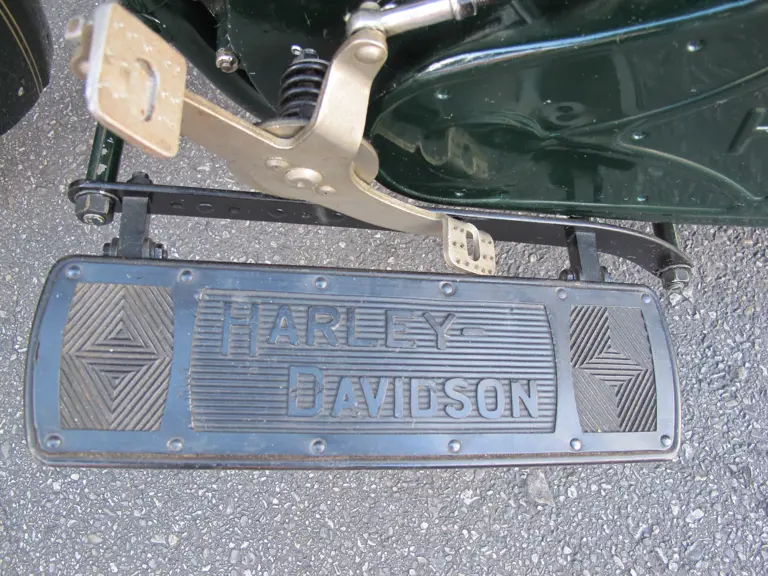

 | Amelia Island, Florida
| Amelia Island, Florida
